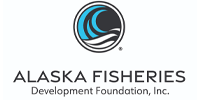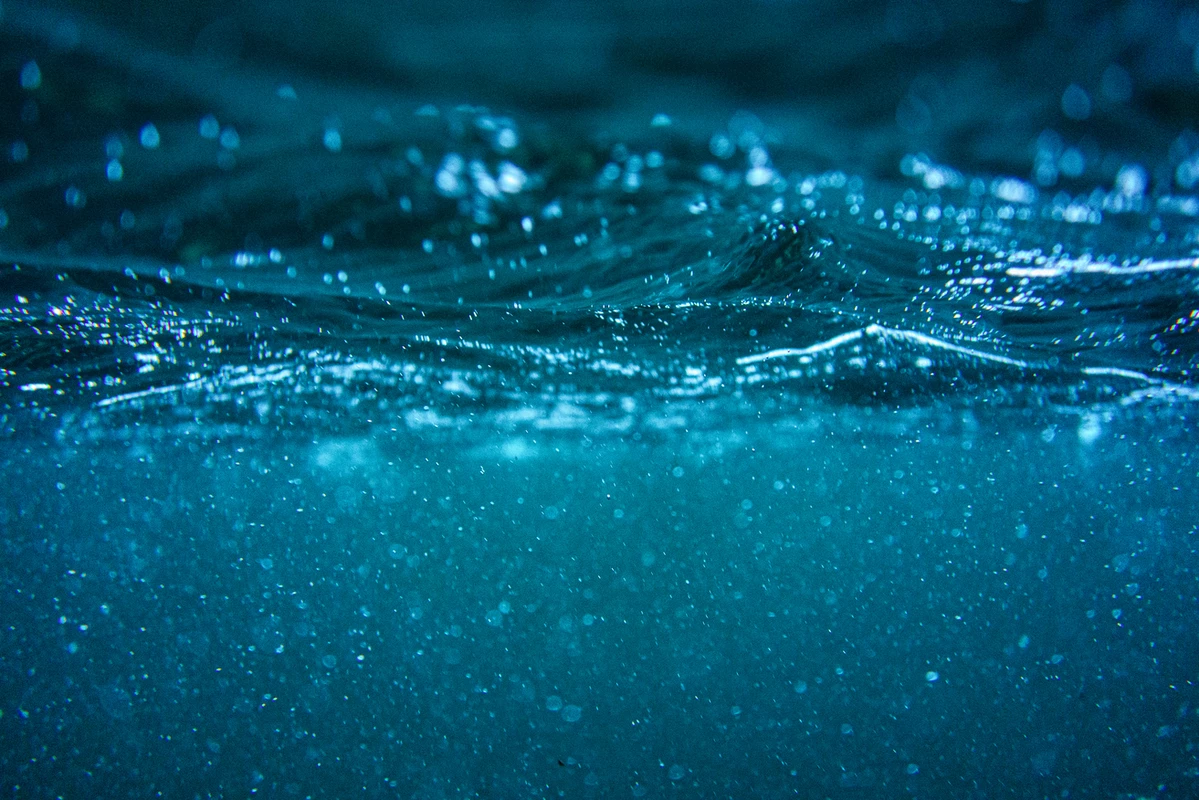Project Overview
Oyster farming in Alaska relies on seed produced in hatcheries on the U.S. West Coast which is optimized for performance in lower-latitude conditions. The result is oysters that grow slowly and are prone to mortality at the juvenile stage. To improve the growth and survival of oysters in Alaska farms, we propose to begin a selective breeding program that targets Alaska conditions using controlled genetic crosses and rigorous field assessments of seed performance.
Improving seed performance for specific environmental conditions also facilitates the development of broodstock, a critical component for breeding of aquaculture species. In collaboration with NOAA Fisheries scientists stationed at the Ted Stevens Marine Research Institute (TSMRI) and Little Port Walter Research Station (LPW), this proposal responds to the Eligible Project Category: boosting oyster growth at nurseries or farms.
In this project, we propose to conduct a series of diallel crosses using established genetic lines of the Pacific oyster, to produce within-species hybrids at the Pacific Hybreed hatchery facility. Genotyped oysters will be conditioned to reproductive maturation and crossed with different genetic lines. The new hybrid lines will be transferred to TSMRI for initial acclimation and data collection. Following a 2-week acclimation period, the hybrid seed will be deployed at LPW in replicated seed cylinders for assessments of growth and survival. In situ environmental parameters will be recorded, in combination with seed performance and genotype data, for development of physiological growth models. The anticipated results obtained from this experimental site will contribute to improved understanding of seed performance in specific cold-water ocean conditions and could result in selection of genetic lines suitable for the Alaska shellfish industry.
Final Report








